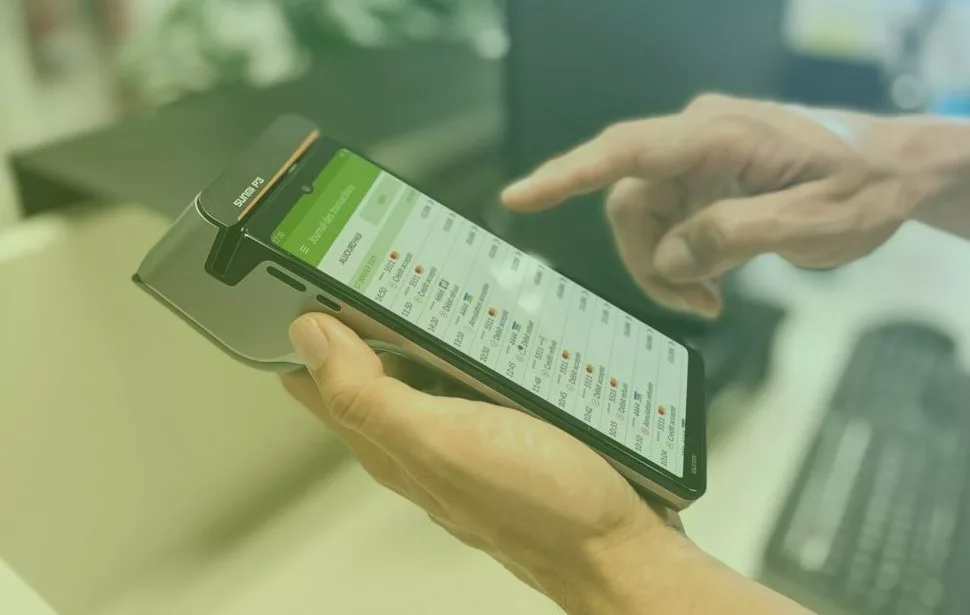Payment solutions are born to meet the growing demand for an increasingly globalised and digital market
The act of trading is as old as the human species. Whether through barter or exchange, later with the invention of currency… And now through electronic payment. This evolution has always sought to adapt to the lifestyle of different societies throughout history. As expert consultants in fintech (and electronic payment methods), we want to talk to you about the latest payment technology, and its historical evolution since the arrival of the first payment cards, until companies like PayXpert emerged.
A new era for payment solutions: credit card is born
Although the first payment cards date back to the beginning of the 20th century, it is not until 1958 that what we know today as Visa and Master Card came into being. They started out as paper cards, which would soon evolve into the conventional plastic card we know today. These payment systems were characterised by a centralised processing, which led to the creation of open systems. They were introduced in Spain in the 1960s, and became widespread from the 1980s onwards. Today, 70% of consumers use credit or debit card as a form of payment, and having more than one is common.
With card payment comes payment processing terminals, and with them Electronic Communications Service Providers. These entities were created with the sole purpose of providing broad coverage to electronic payments, with the highest possible acceptance rate. So much so that today it seems normal to us to be able to pay with our usual card in shops around the world.
It is true that modern payment methods were born to respond to the evolution of trade, but trade has also been transformed with the arrival of payment technology. We could say that this is a relationship of reciprocal evolution. An example of this is the increasing digitisation of shops with the arrival of the internet from the mid-1990s onwards.
Payment gateways, a tool to sell more on the internet
A payment gateway is understood to be the services provided by an e-commerce application entity, which authorises payments to online shops, or businesses with a physical and digital presence. In other words, it would be analogous to the Point of Sale Terminal or dataphone we find in physical shops.
History of payment gateways… their path
|
From |
Entity |
Currently |
|
1994 |
Authorize.net |
CyberSource, annex Visa |
|
1994 |
Global Collect |
Ingenico |
|
1996 |
CyberSource |
CyberSource, annex Visa |
|
1996 |
Ogone |
Ingenico |
|
1996 |
DataCash Group |
Mastercard |
|
1997 |
Bibit |
WorldPay, now Vantiv
|
To sell online you need a multi-channel payment gateway
If I ask you to think about the major e-commerces… The images that come to most people’s minds are Amazon or eBay, right? Both emerged during the 1990s, and have a long development journey to the multi-million-dollar companies they are today. This development process goes through many turning points where both e-commerces require solutions to the new needs this new way of selling to the whole world brought with it.
One of them (and perhaps one of the most revolutionary) was the emergence of payment gateways. Before they appeared, e-commerce transactions were managed solely by payment processors. Payment processors such as Visa, MasterCard or American Express saw their systems bombarded with transactions of all kinds. These were transactions coming from different types of customers with different purchasing needs, which were difficult to manage efficiently. That’s when, instead of developing their own payment gateways, they realised that there are already entities specialised in developing efficient tools to optimally manage the flow of transactions.
Gradually, the merchants they worked for migrated their clientele from their old payment platforms to the payment gateways, which offered a more comprehensive and specialised service. That’s how the payment gateway boom began. In the beginning, e-commerces had to work with different gateways, as many as there were types of customers. This was because each gateway offered a single type of channel, which did not respond to the purchasing habits of all its customers. Working with different payment gateways was the only way to satisfy all their customers.
Today, this whole complex process is a thing of the past. One of the main improvements that have been included is to offer payment channels tailored to the needs of each merchant, associated with the services of different payment processors (yes, all in the same payment gateway).
Fintech to help you sell more online in 2020
Currently, e-commerce owners have a wide range of payment gateways. Now, the factor that positions a good payment gateway over the others, is its ability to respond to the different problems that e-commerces face in their financial management. In other words: they offer a service tailored to the reality of e-commerce. Fintech consultants who offer more than multi-channel payment gateways: they provide a multi-acquirer network that gives you the best payment approval rates, working to prevent fraud or help you process and interpret your big financial data.
In other words, they elevate the finances of businesses like yours, offering you optimised management while saving you time and money.
At PayXpert we develop financial optimisation tools for business management control without fear of innovation. Keep your KPIs under control, and watch your business development closely. Do you want to know more? Visit our website, discover our tools and services and imagine the thousands of ways we could grow together. Contact us and ask for personalised advice from our consultants. See you soon!





